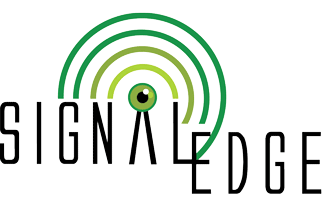Motion Decimation
Motion Decimation

Decimation provides data reductions up to about 99.750%. It reproduces the functionality of both the Optic Charisma and LGN. Decimator’s job is to compare the IoT objects in the current slice with objects in previous slices, that are stored in edge sensory memory, in order to identify new and missing objects, and the discrete motion of existing objects. New object’s motion must be transmitted in their entirety to ensure accurate incorporation into central sensory memory. Missing objects must be identified to disable their automatic replication to central sensory memory. Existing objects will be determined to be either motionless, predictable or unpredictable motion. For existing objects, the Decimator will transmit objects that also exhibit unpredictable motion. All motionless objects and all predictable motion objects require no transmission and can be automatically replicated to central sensory memory. A timing cycle is used to separate each network experience where the Decimator will then:
- quantify the experience to a specific time frame (Temporal Decorrelation)
- measure every object’s (data record’s) motion (Spatial Decorrelation)
- compare experience with previous experiences to produce Discrete Motion
- remove all motionless and predictable motion objects from the data stream
- translate all remaining unpredictable motion to a set of motion signals
- pack motion signals organized by experience for transport
- transmit motion signals on high-speed communications channel to the Motion Reactor
- exchange cause-and-effect data with the Motion Reactor from time-to-time
